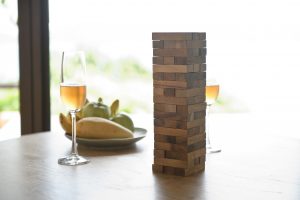It Doesn’t Have to Be
 Customer service is a term that has been thrown around a lot. It’s often a marketing slogan rather than a core value. In this fast paced, information overloaded time that we’re living in, it’s easier now than ever to become part of the noise and make unrealistic promises.
Customer service is a term that has been thrown around a lot. It’s often a marketing slogan rather than a core value. In this fast paced, information overloaded time that we’re living in, it’s easier now than ever to become part of the noise and make unrealistic promises.
Customer service is found in the heart, not the head.
When running a business, it’s easy for our focus to be on the bottom line rather than the customer, not that bottom line isn’t important. Bottom line is head thinking. Heart thinking is about serving the customer’s needs. It’s finding out what the customer’s goals are and helping them achieve them.
We all tend to naturally lean in one direction or the other, heart or head. It’s important for us to be clear which we are and adjust accordingly. Once we acknowledge that we can compensate accordingly.
If we’re operating our business well, both heart and head will be in sync.

The problem with heart thinking is that in an effort to help the customer achieve their dream, we over promise. We create unrealistic expectations and then when they aren’t accomplished there is disappointment. We need to be clear with customers and ourselves on what’s realistic and share that with them honestly.
Customer service is not about telling them what they want to hear. It’s about telling them the truth. It is hard to tell someone things that they don’t want to hear, but that’s better than telling them a lie. This kind of honesty is hard for a people pleaser like me. By wanting to help everybody with everything, ultimately, I do the customer and myself both a disservice.
This past week I encountered both sides of the customer service experience.
First – Our air conditioner at home quit one night this past week. The next morning, I made a few calls to HVAC contractors that I use as subs. The only one that answered his phone said that he was busy until later in the day. Then in a few minutes he called back and said that he could be out within the hour. Once there, he diagnosed the problem, it was going to require a new part that he could order and have the next day. Or if I would go to Wichita and get the part he would come back out and put it on. I did and he did, by 1:00 that afternoon the AC was working. Thanks Jim Finney with Finney Heating & Air for great customer service.
Second – I was meeting with a customer about a project that was going to include some painting. I have done a lot of work with this customer over the years and several of them included painting. While talking about the painting the customer told me they didn’t want “that painter” to do the work. When I asked why, they told me about some issues on some separate painting projects they had used him on. These consisted of using lower quality paint than they thought they were getting, scheduling delays, and lying. They had been working with him on a parent’s home painting project that the start date had drug out over two years. They even said they would have been okay with the timetable if the contractor had just been upfront and honest with them.

We need to start by being honest with ourselves. Figure out who we are and who our customer should be. We can’t’ be everything to everybody and we shouldn’t try.


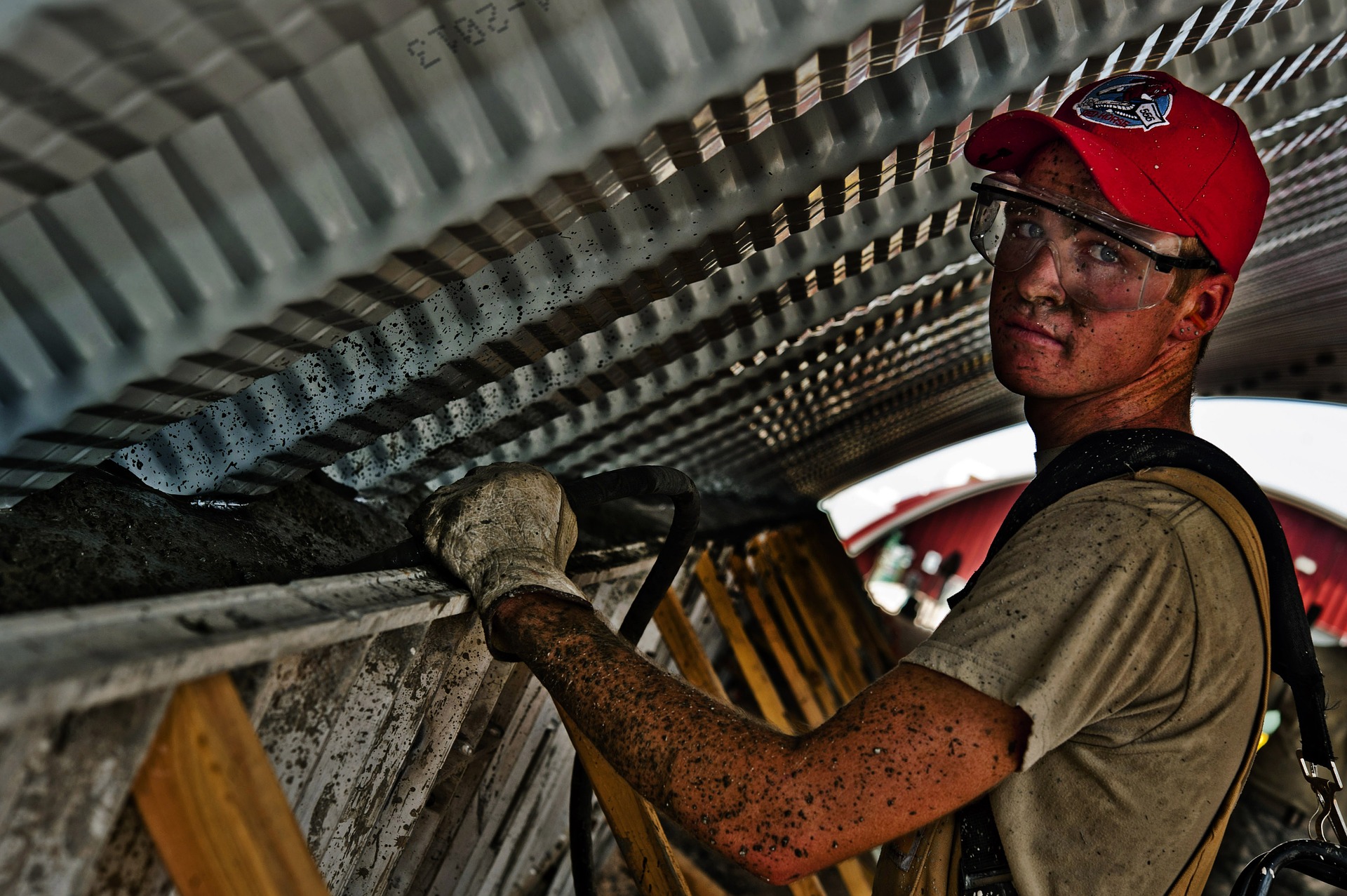


 There was a group of college students that grew up…shall we say spoiled. They hadn’t been expected to work any up to this point. While at college they signed to go on a mission trip without really knowing how hard and physical it would be. After returning from the trip while walking across the parking lot to their cars one of them said, “This is the best tired I’ve ever been.”
There was a group of college students that grew up…shall we say spoiled. They hadn’t been expected to work any up to this point. While at college they signed to go on a mission trip without really knowing how hard and physical it would be. After returning from the trip while walking across the parking lot to their cars one of them said, “This is the best tired I’ve ever been.”


 Look at the negative, comedic way New Year’s resolutions are viewed. This is a good example of how the lack of intentionality is misleading. When we get caught up in the rhetoric we will just float through life without a plan. If we don’t bother to dig down and build our lives on a solid foundation, we will be blown in whatever direction the wind blows us.
Look at the negative, comedic way New Year’s resolutions are viewed. This is a good example of how the lack of intentionality is misleading. When we get caught up in the rhetoric we will just float through life without a plan. If we don’t bother to dig down and build our lives on a solid foundation, we will be blown in whatever direction the wind blows us.
 It’s also important to remember that if we always set our goals small, we will never grow. We need to be growing and learning all the time.
It’s also important to remember that if we always set our goals small, we will never grow. We need to be growing and learning all the time. 



 Author, philanthropist and life coach, Tony Robbins uses a racing analogy that shows how we go in the direction of our focus. “When your car begins to skid, the natural reflex is look at the wall in an attempt to avoid it. But if you keep focusing on what you fear, that’s exactly where you’ll end up. Professional racers know that we unconsciously steer in the direction of our focus, so with their lives on the line, they turn their focus away from the wall and towards the open track.”
Author, philanthropist and life coach, Tony Robbins uses a racing analogy that shows how we go in the direction of our focus. “When your car begins to skid, the natural reflex is look at the wall in an attempt to avoid it. But if you keep focusing on what you fear, that’s exactly where you’ll end up. Professional racers know that we unconsciously steer in the direction of our focus, so with their lives on the line, they turn their focus away from the wall and towards the open track.”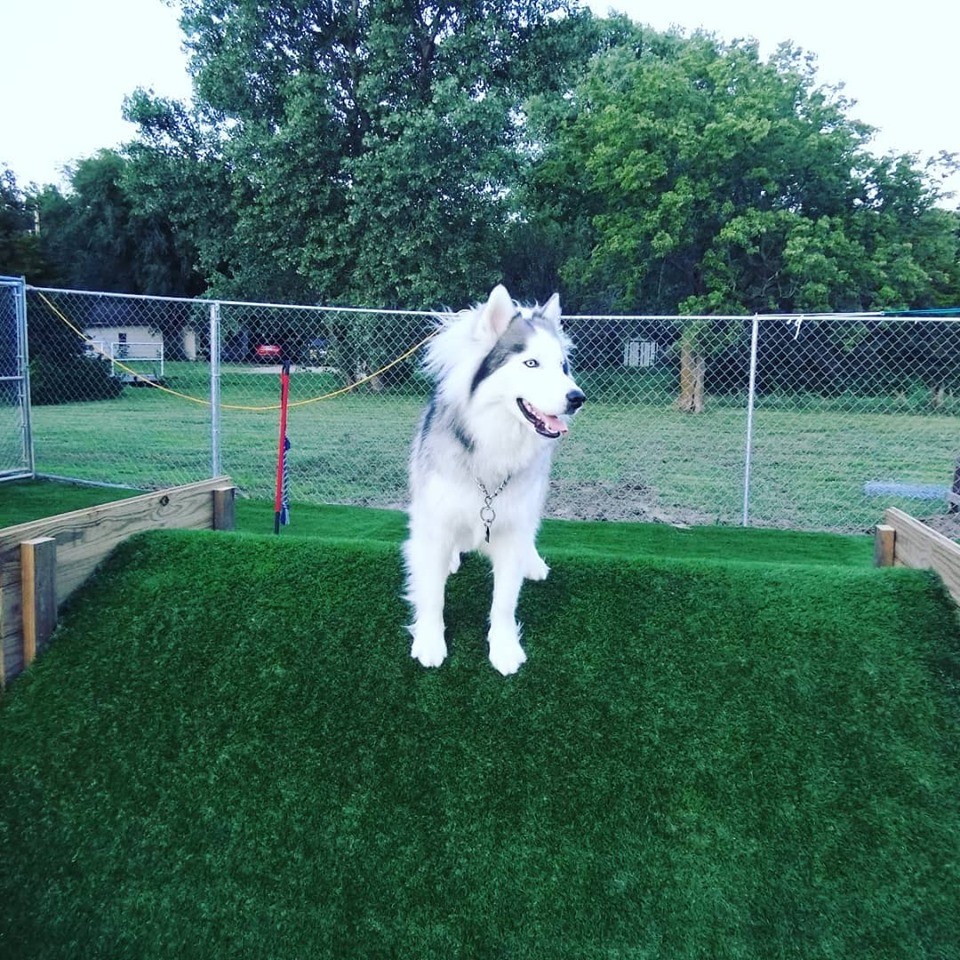

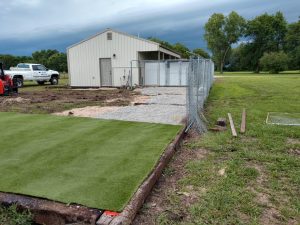
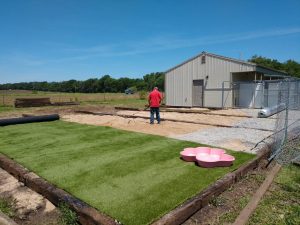 Day 4 Thursday – We laid rest of the east-west rows of ties, spread more fill and moved the remaining rolls of turf to the areas where the pad was prepped. I began digging the hole in the sand and gravel for the paw shaped pool to set in. To minimize future settling and give us the best base we began compacting with a vibrating compactor. This meant we needed to temporarily roll the first turf back out of the way of the compactor. It wasn’t fastened yet, so this wasn’t much of an issue.
Day 4 Thursday – We laid rest of the east-west rows of ties, spread more fill and moved the remaining rolls of turf to the areas where the pad was prepped. I began digging the hole in the sand and gravel for the paw shaped pool to set in. To minimize future settling and give us the best base we began compacting with a vibrating compactor. This meant we needed to temporarily roll the first turf back out of the way of the compactor. It wasn’t fastened yet, so this wasn’t much of an issue.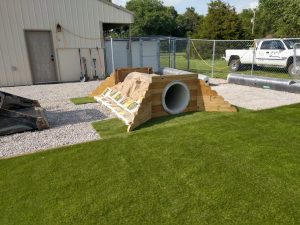
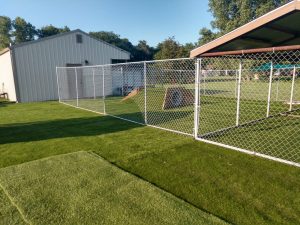 Day 9 Tuesday – Things are coming together. We reset the chain link fence in the new location, reattached the remaining fence to the building, hung the panels back in the end of the building. Using up the last of the ties, most of the sand, last of the gravel, and we built a raised pad for the new private cottage to sit on. Due to the elevation around the cottage pad we installed some drain tile to one of the downspouts on the original building and buried it in gravel to prevent water from becoming a pond. Next we moved the cottage onto the new pad.
Day 9 Tuesday – Things are coming together. We reset the chain link fence in the new location, reattached the remaining fence to the building, hung the panels back in the end of the building. Using up the last of the ties, most of the sand, last of the gravel, and we built a raised pad for the new private cottage to sit on. Due to the elevation around the cottage pad we installed some drain tile to one of the downspouts on the original building and buried it in gravel to prevent water from becoming a pond. Next we moved the cottage onto the new pad.

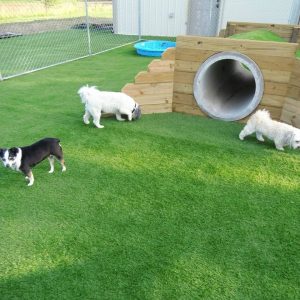


 We can find ourselves fighting internal battles trying to figure out why things aren’t the way we thought they would be. We all have our own demons causing trouble. Like the man in
We can find ourselves fighting internal battles trying to figure out why things aren’t the way we thought they would be. We all have our own demons causing trouble. Like the man in  When we are clear about problems and name them, it’s less threatening when we know what it is. We want to blame somebody for our problems, but we need to be careful about this. There are three fights regularly picked that are unproductive. Don’t be at war with the wrong enemy.
When we are clear about problems and name them, it’s less threatening when we know what it is. We want to blame somebody for our problems, but we need to be careful about this. There are three fights regularly picked that are unproductive. Don’t be at war with the wrong enemy.

 Ann owns and operates
Ann owns and operates 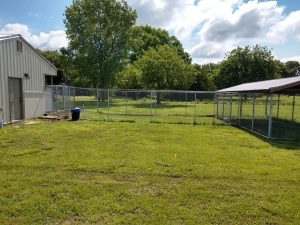
 In one corner of the run there will be a small paw shaped pool with a fountain. This will require figuring out the best way to get the water from the pool to the pump and to the fountain. In the future there will be an old fire hydrant serving as the fountain, so this needs to be allowed for now.
In one corner of the run there will be a small paw shaped pool with a fountain. This will require figuring out the best way to get the water from the pool to the pump and to the fountain. In the future there will be an old fire hydrant serving as the fountain, so this needs to be allowed for now.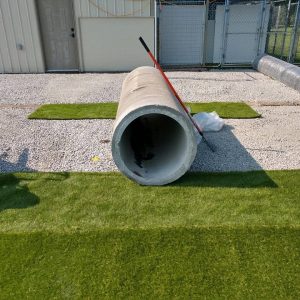 The most challenging part is building the tunnel/hill. We needed to determine what we were going to use for this. We considered pipes, barrels, tanks with the ends cut out and a few other things. Then we found some concrete culverts and the price was right, so this is what we decided on.
The most challenging part is building the tunnel/hill. We needed to determine what we were going to use for this. We considered pipes, barrels, tanks with the ends cut out and a few other things. Then we found some concrete culverts and the price was right, so this is what we decided on.
 Make time – Time is the hardest thing to give. There never seems to be enough. There are so many things…really good and important things…we neglect to set aside time for our children. When we get someone’s undivided attention, we feel validated and worthy. This is the one thing that all kids crave. If you want to get inducted into the hall of fame, spend time with your kids.
Make time – Time is the hardest thing to give. There never seems to be enough. There are so many things…really good and important things…we neglect to set aside time for our children. When we get someone’s undivided attention, we feel validated and worthy. This is the one thing that all kids crave. If you want to get inducted into the hall of fame, spend time with your kids.

 Show love – Love can be shown in many ways; the most important thing is that it’s shown. This means more than just saying it. Love is about putting other’s needs ahead of your own. The Bible is full of examples of our Heavenly Father’s love for us.
Show love – Love can be shown in many ways; the most important thing is that it’s shown. This means more than just saying it. Love is about putting other’s needs ahead of your own. The Bible is full of examples of our Heavenly Father’s love for us.

 Prioritize your to do list – This is probably the hardest thing for someone with a servant’s heart. Everything on the list is given ultimate importance and this is where the problem starts. There simply isn’t enough time to do everything. So how do we prioritize the list. Michael refers to the
Prioritize your to do list – This is probably the hardest thing for someone with a servant’s heart. Everything on the list is given ultimate importance and this is where the problem starts. There simply isn’t enough time to do everything. So how do we prioritize the list. Michael refers to the  Delegate – Sharing the shovels needed to move any mountain is a good plan as long as you have someone to share them with. Delegating is a part of the productivity plan in the Eisenhower Matrix. There are a lot of unconventional ways that delegating can be done. Thinking outside the box is a great plan, you just can’t stop at the thinking, there has to be some doing. Michael shares ideas for this in his podcast as well.
Delegate – Sharing the shovels needed to move any mountain is a good plan as long as you have someone to share them with. Delegating is a part of the productivity plan in the Eisenhower Matrix. There are a lot of unconventional ways that delegating can be done. Thinking outside the box is a great plan, you just can’t stop at the thinking, there has to be some doing. Michael shares ideas for this in his podcast as well. Say NO – This is probably the hardest thing to do with a servant’s heart. We want to help everybody. The problem is there simply isn’t enough time to help everybody. Saying no is the only way we can do our best work, it’s the only way to serve well. The Lysa TerKeurst book, “
Say NO – This is probably the hardest thing to do with a servant’s heart. We want to help everybody. The problem is there simply isn’t enough time to help everybody. Saying no is the only way we can do our best work, it’s the only way to serve well. The Lysa TerKeurst book, “

 Communication – is not about just being heard but more importantly about hearing. We are surrounded by so much noise we can barely hear ourselves think. Today’s technology has made it easier than ever to connect with people around the world, but this isn’t ‘communication’.
Communication – is not about just being heard but more importantly about hearing. We are surrounded by so much noise we can barely hear ourselves think. Today’s technology has made it easier than ever to connect with people around the world, but this isn’t ‘communication’. Commitment – is
Commitment – is  Compassion – is
Compassion – is 